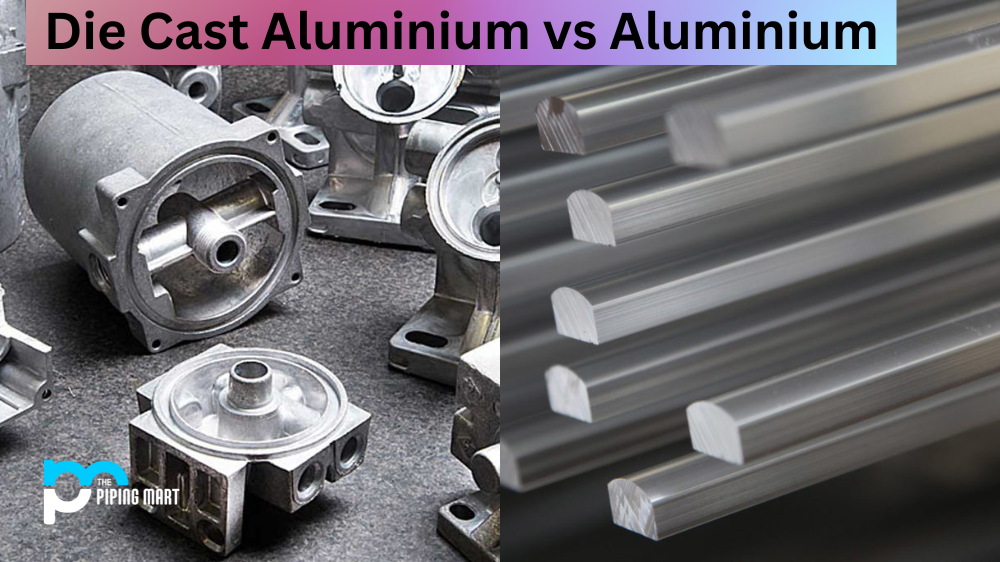Aluminium 5083 is an alloy known for its excellent corrosion resistance, high strength, and good weldability, making it a popular choice in various industries. However, choosing between H111 and H321 can be confusing when selecting the most suitable temper for your application. In this blog post, we will explore the differences between aluminium 5083 H111 and H321 and help you make an informed decision.
What is Aluminium 5083 H111?
Aluminium 5083 H111 is a heat-treated alloy with a stable temper that provides excellent strength and corrosion resistance. This temper is achieved by annealing the alloy at around 650 degrees Celsius, followed by a controlled cooling process. The resulting material is relatively soft and ductile, making it easy to form and bend. Due to its excellent weldability and resistance to stress corrosion cracking, aluminium 5083 H111 is commonly used in marine applications, such as hulls and decks.
What is Aluminium 5083 H321?
Aluminium 5083 H321 is a strain-hardened alloy with a stable temper that provides excellent strength and corrosion resistance. This temper is achieved by heating the alloy to a temperature of around 510 degrees Celsius, followed by quenching the material in cold water. The resulting material is much stronger and more rigid than H111, making it ideal for applications requiring high toughness and stiffness. This temper is commonly used in aerospace and defence industries due to its excellent performance under extreme conditions.
Differences Between Aluminum 5083 H111 and H321
The main difference between H111 and H321 is the manufacturing process and the resulting properties. H111 is annealed, making it softer and more ductile, while H321 is strain-hardened, making it stronger and stiffer. H111 has a lower yield strength than H321 but better form and weldability. H321 has a higher yield strength than H111 but has lower elongation and fracture toughness. When selecting the most suitable temper for your application, it is essential to consider the specific requirements and conditions, such as the load, environment, and manufacturing process.
Applications
Aluminium 5083 H111 is commonly used in marine applications, such as hulls, decks, and superstructures, due to its excellent weldability and resistance to stress corrosion cracking. It is also used in other industries, such as transportation, construction, and oil and gas, where high strength and corrosion resistance are required. Aluminium 5083 H321, on the other hand, is commonly used in aerospace and defence industries, such as aircraft fuselage, missile components, and armoured vehicles, where high toughness and stiffness are essential.
Conclusion
In conclusion, aluminium 5083 is an excellent alloy with high strength, corrosion resistance, and weldability. When selecting the most suitable temper, it is essential to consider your application’s specific requirements and conditions. Aluminium 5083 H111 is a soft and ductile temper commonly used in marine and other industries, while aluminium 5083 H321 is a strong and rigid temper commonly used in aerospace and defence industries. With this knowledge, you can make an informed decision and ensure the best performance of your aluminium 5083 alloys.

Pipingmart is a B2B portal that specializes in metal, industrial and piping items. Additionally, we share the latest information and information about materials, products and various types of grades to assist businesses that are involved in this business.




